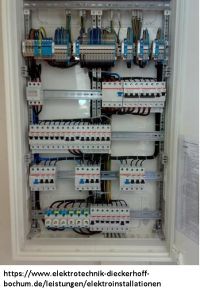Hello Dear Friends !!!
I will probably be "cheated" for what I write, but nevertheless, remembering the title of this chapter, I dare to throw in my 3 groszy.
1. For failure to connect the PE conductors in the switchboard, Colleague Ferguson6600 should receive three public whipping, 10 lashes for each half of the place where the noble name "back" ends.
2. A colleague Ferguson6600 will take a few meters of a multi-core cable, isolate one of the ends of one wire, connect it to the extreme conductor of the LV network (REMEMBERING THE SAFETY RULES) and check the presence of voltage on the remaining wires with a neon tester.
3. After getting acquainted with the phenomena that my colleague LemuRR 11 wrote about (using commonly available knowledge on the Internet), my colleague Ferguson6600 will describe his conclusions.
After "swallowing" this knowledge, my colleague Ferguson6600 will make a decision - if he wants to be an electrician - praise him for it, but if he wants to be a "Sunday" electrician - it's better for the public and his own good, let a specialist do it.
The "Beginners" section in this industry is not a Sunday school. Without knowing the basics, do not count on goodwill.
It's a bit like in the "beginner mechanics" section, waiting for an explanation of what they are and what the crankshaft bearings are for.
Imagine what such a switchboard would look like in your execution:

I recommend the topic -
https://www.elektroda.pl/rtvforum/topic3263074.html



